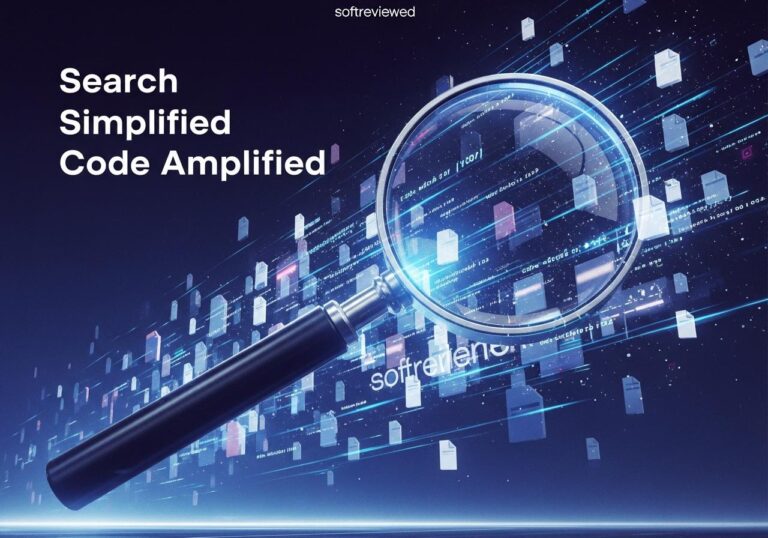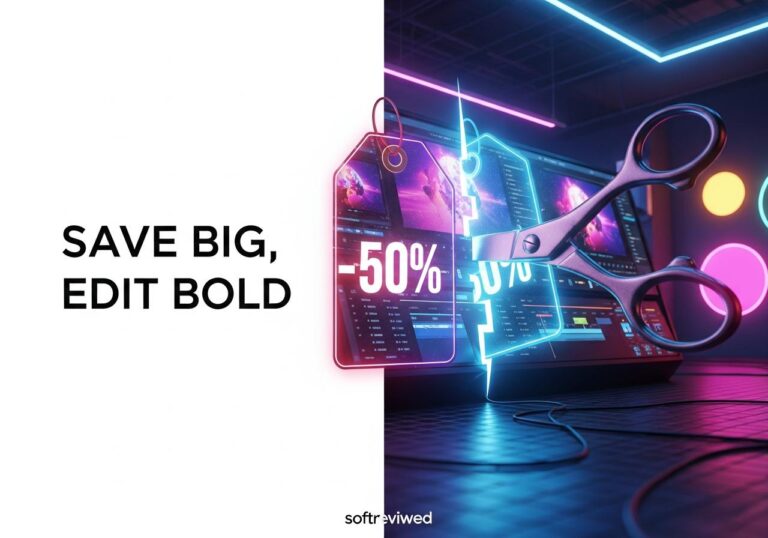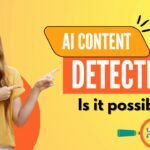Quantum Echoes: A Computing Breakthrough
Google’s Quantum Echoes algorithm demonstrates unprecedented computational power, solving problems that were previously considered intractable.
Unprecedented Speed
The Quantum Echoes algorithm runs 13,000 times faster than the world’s most powerful supercomputers on specific computational tasks, representing a quantum leap in processing capability.
Verifiable Quantum Advantage
For the first time, quantum computing results can be independently validated through other quantum computers or physical experiments, addressing previous verification challenges that plagued quantum computing claims.
Historical Problem Solved
Using just 105 qubits on Google’s Willow quantum chip, researchers solved a 150-year-old physics problem in merely two hours with 99.9% accuracy—a task that would take classical computers years to complete.
Scientific Visualization
The breakthrough enables measurement of molecular structures previously invisible to science, opening revolutionary new pathways for drug discovery and materials science by revealing quantum-level interactions.
Peer-Reviewed Validation
Published in Nature journal, this research provides peer-reviewed validation of quantum computing’s practical applications, marking a transition from theoretical potential to demonstrable real-world advantage.
AI Data Generation
Quantum Echoes generates unique datasets for AI training in fields like life sciences where quality data is scarce, potentially accelerating breakthroughs in medicine and biotechnology through quantum-enhanced machine learning.
Google’s Quantum Leap: When Speed Meets Verification
In October 2025, Google Quantum AI made history by announcing something that sounds almost magical: a quantum algorithm that runs 13,000 times faster than the world’s most powerful supercomputers and, crucially, can prove it actually works. This isn’t just another tech headline—this breakthrough, called Quantum Echoes, represents the first time a quantum computer has achieved what scientists call “verifiable quantum advantage.”
Think of it like this: imagine someone claiming they can solve a puzzle faster than anyone else, but the puzzle is so complex that nobody can check if the answer is right. That’s been the problem with quantum computing until now. Google’s new achievement solves both challenges—delivering extreme speed and providing a way to verify the results.
The Quantum Echoes algorithm ran on Google’s Willow quantum processor, a 105-qubit chip that completed calculations in just over two hours. The same task would take the Frontier supercomputer—currently the world’s fastest classical machine—approximately 3.2 years to complete. But what makes this truly special is that other quantum computers can repeat the experiment and get the same results, or scientists can verify them through real-world laboratory experiments.
Understanding the Magic Behind Quantum Computing
Before we explore what Quantum Echoes actually does, let’s understand what makes quantum computers so different from the laptop or smartphone you’re using right now.
Your current devices work with bits—tiny switches that can be either “0” or “1,” like a light that’s either off or on. Classical computers process information by flipping these switches billions of times per second. It’s fast, but it’s also limited because each bit can only be in one state at a time.
Quantum computers use quantum bits, or qubits. Here’s where things get interesting: qubits can be 0, 1, or both at the same time. This mind-bending property is called superposition. Imagine flipping a coin—while it’s spinning in the air, it’s neither heads nor tails, but both possibilities exist simultaneously. Qubits work similarly, allowing quantum computers to explore multiple solutions at once.
There’s another quantum trick called entanglement. When qubits become entangled, changing one instantly affects the other, no matter how far apart they are. This creates powerful connections that help quantum computers solve certain types of problems much faster than classical machines.
The key difference in power: if you have 10 classical bits, you can perform 10 calculations at once. But 10 qubits can theoretically perform 1,024 calculations simultaneously (2^10). Add just a few more qubits, and the computational power grows exponentially.
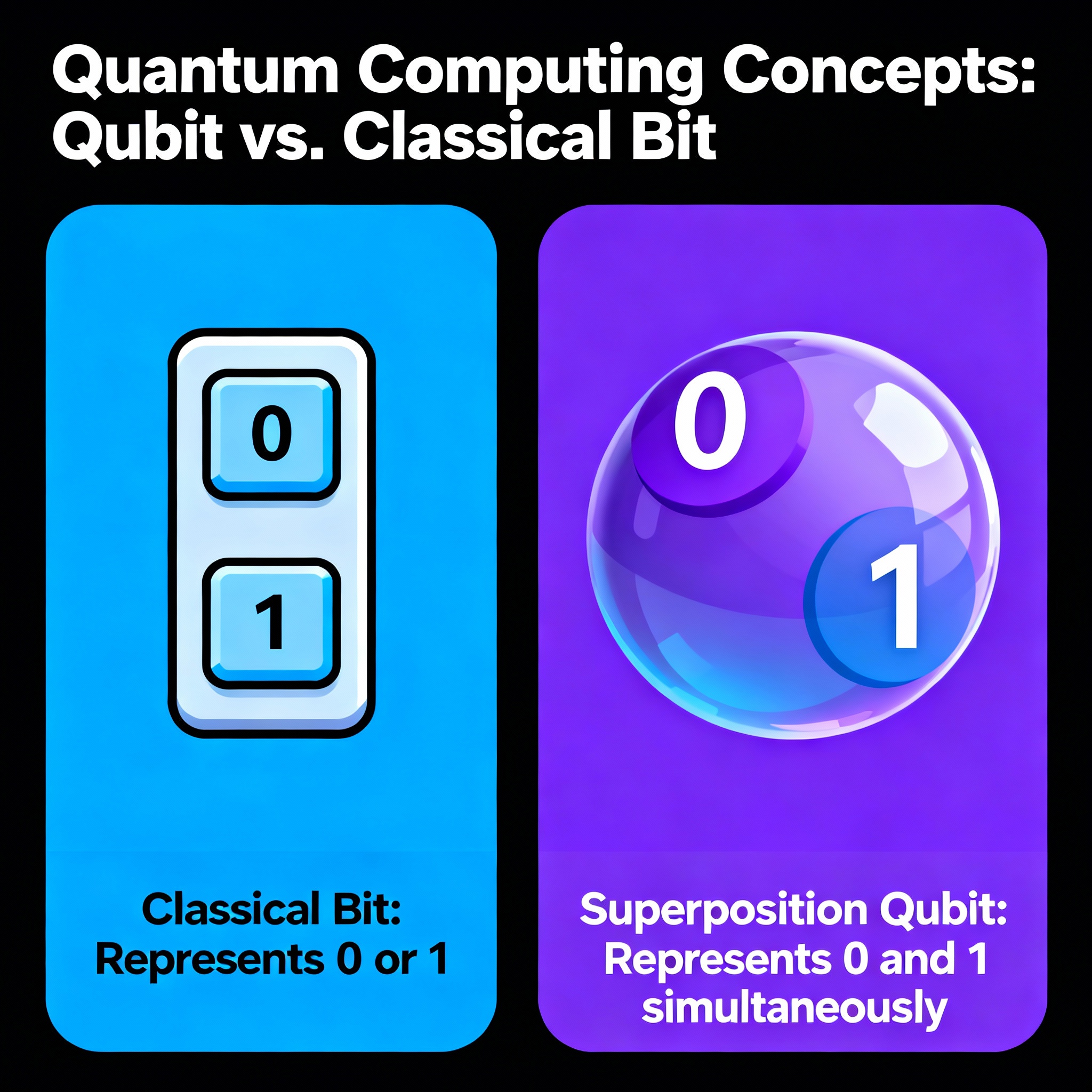
What Exactly Are Quantum Echoes?
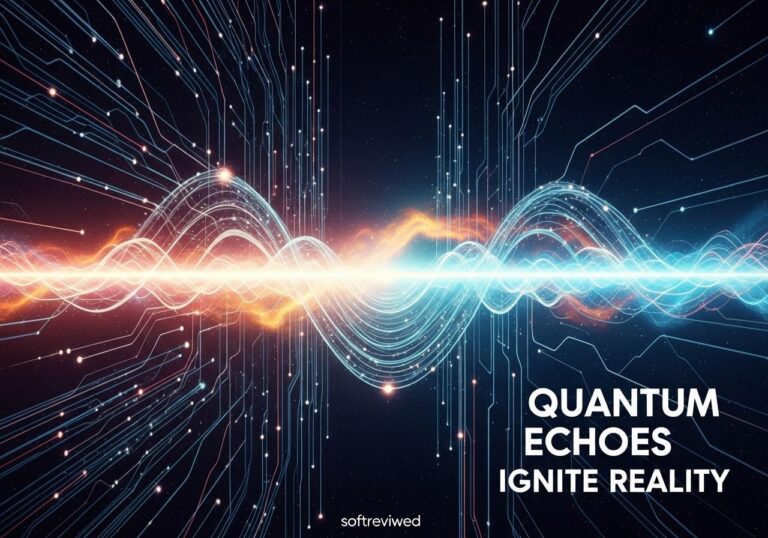
The Quantum Echoes algorithm is named after a clever analogy: it works like bats using echolocation to map a cave, or submarines using sonar to detect underwater obstacles.
Here’s how it works in simple steps:
Step 1: Scientists run a series of operations (called quantum gates) on a 105-qubit array on the Willow chip. Think of this as sending a carefully crafted signal into the quantum system.
Step 2: They deliberately disturb one specific qubit in the array. This creates what physicists call a “butterfly effect”—a small change that ripples through the entire quantum system.
Step 3: They run the exact same operations in reverse, like rewinding time. This backward motion creates an “echo” that bounces back.
Step 4: The forward and backward signals interact with each other through a phenomenon called constructive interference, where quantum waves combine to become stronger. This amplification makes the measurement incredibly sensitive and reveals hidden information about how the quantum system functions.
The technical name for what they’re measuring is an Out-of-Time-Order Correlator (OTOC). Don’t let the complex name intimidate you—it’s essentially a value that measures how different parts of a quantum system interact with each other across both time and space.
What makes this measurement so challenging is that the signals are extremely faint and easily buried in “noise” (unwanted interference). The Willow chip’s exceptional performance—including incredibly fast measurements and low error rates—allowed scientists to distill the important signal from background noise. In fact, they performed one trillion measurements throughout the project, making it one of the most complex quantum computing experiments ever conducted.
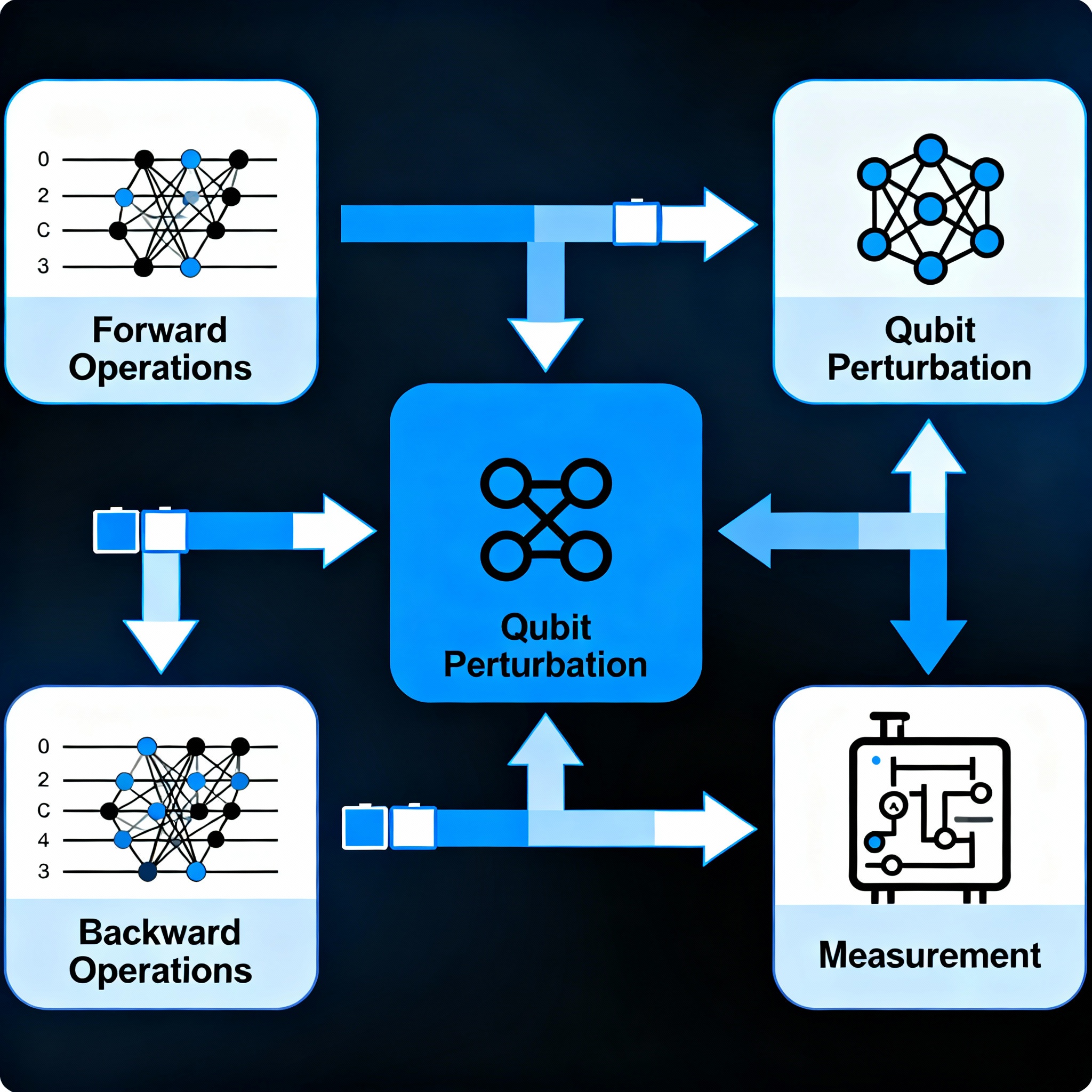
Meeting Willow: The Quantum Processor Making It Possible
The Willow quantum chip deserves its own spotlight because its specifications represent major improvements over previous quantum processors.
Qubit count: Willow houses 105 superconducting qubits, which are tiny circuits that store quantum information. These qubits operate at temperatures near absolute zero (approximately -273.15°C or -459.67°F)—colder than outer space—to maintain their delicate quantum states.
Coherence time: One of quantum computing’s biggest challenges is that qubits quickly lose their quantum properties through a process called decoherence. Willow’s qubits can maintain their quantum state for approximately 68-100 microseconds (millionths of a second), which is five times longer than Google’s previous Sycamore chip. While this might sound short, it’s enough time to perform thousands of quantum operations.
Error rates: Willow achieves remarkably low error rates: single-qubit gate errors average 0.035%, two-qubit gate errors average 0.14-0.33%, and measurement errors average 0.67-0.77%. These numbers might seem small, but in quantum computing, every fraction of a percentage point matters.
Error correction breakthrough: Perhaps Willow’s most impressive achievement is demonstrating that as you increase the size of the quantum system (from 3×3 to 5×5 to 7×7 qubit arrays), the error rate actually decreases by a factor of 2.14 each time. This is huge because it proves that quantum computers can become more reliable as they grow larger—a key requirement for building practical quantum computers.
Speed: Willow can execute 909,000 error correction cycles per second, allowing it to detect and fix errors in real-time while running complex calculations.
The chip is manufactured at Google’s specialized fabrication facility in Santa Barbara, California—one of only a handful of facilities worldwide built specifically for quantum chip production.
From Cave Mapping to Molecule Hunting: Real Applications
The most exciting part of the Quantum Echoes breakthrough is its potential for solving real problems, particularly in medicine and materials science.
Augmenting Drug Discovery
Traditional drug development can take 10-15 years and cost billions of dollars. One major bottleneck is understanding how molecules are structured and how potential drugs interact with their targets in the body.
Scientists currently use a technique called Nuclear Magnetic Resonance (NMR) spectroscopy to determine molecular structures. NMR works by placing molecules in a strong magnetic field and observing how atomic nuclei respond to radio waves—essentially, it listens to the “magnetic songs” that different atoms sing.
Google’s team demonstrated that Quantum Echoes can predict certain features of molecular structures through quantum simulations. They tested this on two simple molecules and verified their quantum predictions matched what NMR instruments measured in real laboratory experiments.
Right now, Quantum Echoes can only analyze molecules that classical computers can already simulate efficiently, like toluene (an aromatic liquid). But here’s the promise: as quantum hardware improves and error rates decrease further, this technique could study much more complex molecules—large proteins, enzyme systems, and drug candidates—that are currently impossible to simulate accurately with classical computers.
This means researchers could:
📌 Predict how drugs will bind to disease targets with much higher precision
📌 Identify potential side effects early in development, before expensive clinical trials
📌 Design personalized medicines tailored to individual patients’ genetic profiles
📌 Accelerate the discovery of treatments for cancer, Alzheimer’s, and infectious diseases
Materials Science Innovation
Beyond medicine, Quantum Echoes could help scientists design revolutionary new materials:
✅ Stronger, lighter materials for aerospace and automotive applications
✅ More efficient batteries for electric vehicles and renewable energy storage
✅ Better catalysts for chemical manufacturing and pollution reduction
✅ High-temperature superconductors for energy transmission with zero loss
✅ Advanced semiconductors for next-generation electronics
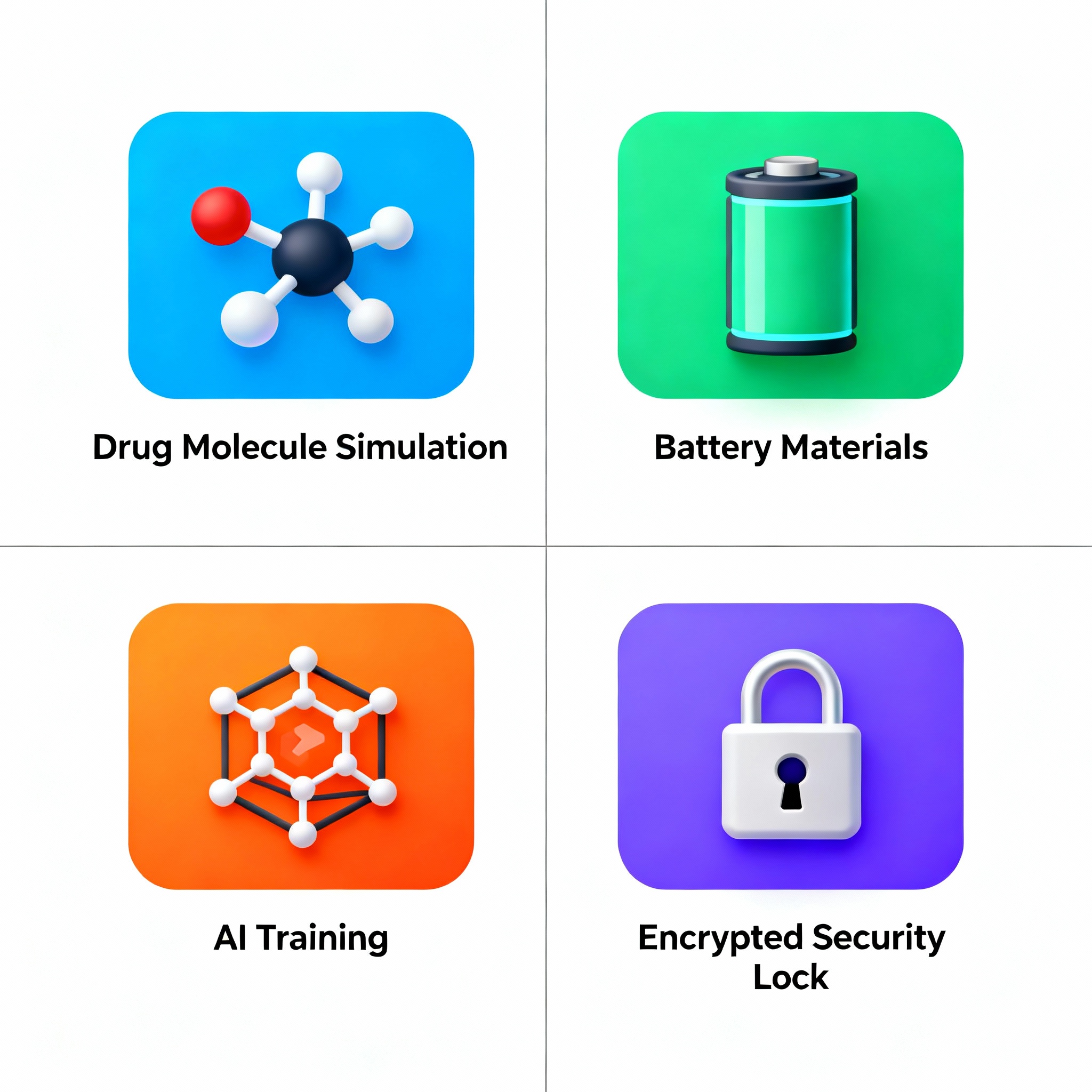
The Butterfly Effect at Quantum Scale
The “butterfly effect” is a famous concept from chaos theory, popularized by meteorologist Edward Lorenz in the 1970s. The idea is simple yet profound: in complex systems like weather patterns, tiny changes—like a butterfly flapping its wings in Brazil—can eventually cause massive effects, like a tornado in Texas.
The Quantum Echoes algorithm uses a quantum version of this butterfly effect. When researchers perturb a single qubit in the array, that small change spreads through the entangled quantum system like ripples in a pond. By measuring how this perturbation affects the entire system, they can learn about the underlying quantum dynamics.
What’s fascinating is that quantum systems show both chaos (extreme sensitivity to initial conditions) and order (predictable patterns). The OTOC measurement captures this quantum scrambling—how information spreads and becomes distributed across the system. This helps scientists understand not just quantum computers, but fundamental physics, from the behavior of electrons in high-temperature superconductors to theoretical models of black holes.
Recent research has even explored whether quantum systems follow the same butterfly effect as classical systems. Surprisingly, scientists have found that quantum-level disruptions don’t always spiral out of control the way classical chaos does. You can sometimes take a particle back in time, modify its quantum state in the past, and still not significantly change its present state. This “quantum butterfly noneffect” reveals deep differences between classical and quantum worlds.
Comparing Classical and Quantum Computing: Understanding the Divide
To truly appreciate this breakthrough, let’s compare how classical and quantum computers differ:
Processing Power
Classical: A computer with N bits can perform maximum N calculations simultaneously. Processing power increases linearly with the number of transistors.
Quantum: A quantum computer with N qubits can perform up to 2^N calculations simultaneously. Processing power increases exponentially with each additional qubit.
Operating Conditions
Classical: Works perfectly fine at room temperature in your home, office, or café. Data centers maintain temperatures around 18-27°C (64-80°F).
Quantum: Most current systems require temperatures near absolute zero (-273.15°C / -459.67°F) using sophisticated dilution refrigerators and liquid helium cooling. Some researchers are working on room-temperature quantum computers, but these remain in early development.
Error Rates
Classical: Bits are relatively stable until power is turned off. Storage devices can maintain data for years. Error rates are extremely low.
Quantum: Qubits are fragile and lose coherence within microseconds to milliseconds. Error correction requires multiple physical qubits to create one stable “logical qubit.” Current schemes need 100-10,000 physical qubits per logical qubit.
Energy Consumption
Classical: Large supercomputers can consume tens of megawatts, requiring extensive cooling infrastructure. Your laptop uses 50-100 watts.
Quantum: Current systems consume 25-50 kilowatts, with about 70% going to cooling systems. However, as systems scale, quantum computers could eventually use less energy than classical computers for specific tasks, since they can explore exponentially more solutions without proportionally increasing energy use.
Best Use Cases
Classical: General-purpose computing, everyday applications, sequential processing, running most software we use daily.
Quantum: Specific optimization problems, quantum simulations, molecular modeling, cryptography, certain machine learning tasks, problems involving exponential search spaces.
The Challenges Still Ahead
Despite this breakthrough, quantum computing faces significant hurdles before becoming widely available:
Decoherence and Error Correction
Qubits are incredibly sensitive to their environment. Mechanical vibrations, temperature fluctuations, electromagnetic interference, and even cosmic rays can cause qubits to lose their quantum properties. Maintaining quantum coherence long enough to complete useful calculations remains challenging.
Current error correction methods require massive overhead. Creating a single reliable logical qubit might need 100-10,000 physical qubits depending on the approach. Building a quantum computer powerful enough to break RSA-2048 encryption (a common benchmark) could require millions of qubits—far beyond today’s 100-1,000 qubit systems.
Error correction can consume up to 90% of a quantum computer’s total energy and computational resources. Google’s success with Willow—showing errors decrease as the system grows—is a critical step, but significant improvements are still needed.
Scalability
Connecting and controlling thousands or millions of qubits while maintaining low error rates presents enormous engineering challenges. Each additional qubit increases potential crosstalk (unwanted interactions between qubits) and noise. Different qubit technologies (superconducting circuits, trapped ions, neutral atoms, photonic qubits) each have unique scaling challenges.
Hardware Development
Building consistent, high-quality qubits requires cutting-edge materials science and nanofabrication techniques. Researchers are exploring various materials—from superconducting niobium and tantalum to diamond defects and silicon—to find the best qubit platforms. Manufacturing must achieve extreme precision, as tiny imperfections can significantly impact performance.
Software and Algorithms
Quantum programming is fundamentally different from classical programming. Developers need new languages, compilers, and optimization tools. Many potentially useful quantum algorithms still need to be discovered. Currently, quantum computers excel at a narrow set of problems; expanding this range requires ongoing algorithm research.
Integration with Classical Systems
Quantum computers won’t replace classical computers—they’ll work alongside them. Developing efficient interfaces for transferring data between classical and quantum systems is essential. Most practical applications will use hybrid quantum-classical algorithms that leverage the strengths of both approaches.
Security Implications: Both Threat and Opportunity
Quantum computing presents a double-edged sword for cybersecurity.
The Threat
Current encryption methods—particularly RSA and Elliptic Curve Cryptography (ECC)—rely on mathematical problems that classical computers can’t solve in reasonable timeframes. Quantum computers running Shor’s algorithm could eventually break these encryption methods, potentially exposing:
⛔️ Encrypted communications from governments, militaries, and businesses
⛔️ Financial transactions and banking security
⛔️ Digital signatures used for authentication
⛔️ Healthcare records and personal information
There’s already a “harvest now, decrypt later” threat where attackers collect encrypted data today, hoping to decrypt it once powerful quantum computers become available. Data with long-term value—medical records, financial information, government secrets—is particularly vulnerable.
Most experts estimate that quantum computers powerful enough to break RSA-2048 encryption won’t arrive until 2030-2040, though some predict it could happen as early as 2035 with rapid advances in error correction. Google has stated they’re at least 10 years away from breaking RSA encryption.
The Opportunity
Quantum computing also enables new security methods:
✅ Quantum Key Distribution (QKD): Uses quantum properties to create theoretically unbreakable encryption keys. Any attempt to intercept the key disturbs the quantum state, alerting users to eavesdropping.
✅ Quantum Random Number Generation: Provides truly random numbers for cryptographic applications, stronger than classical pseudo-random generators.
✅ Post-Quantum Cryptography: New encryption methods being developed that quantum computers can’t break. The U.S. National Institute of Standards and Technology (NIST) has already published post-quantum cryptographic standards that organizations should begin implementing.
The Cloud Security Alliance strongly recommends that enterprises achieve full quantum-readiness by April 14, 2030. Organizations should begin transitioning to post-quantum cryptography now, even though the quantum threat is still years away, because the transition will take 10-15 years to complete across all devices and systems.
Timeline: When Can We Actually Use This Technology?
The question everyone asks: when will quantum computing become practically available?
The answer depends on what “available” means:
Now (2025)
Quantum computers exist and are accessible through cloud platforms. IBM Quantum Experience has provided public access since 2016. Researchers, developers, and companies can run quantum algorithms on real quantum hardware remotely. More than 100 quantum systems operate worldwide, including industrial machines, educational desktop units, and cloud-accessible platforms.
However, current systems are classified as Noisy Intermediate-Scale Quantum (NISQ) devices—powerful but limited by short coherence times, high error rates, and small qubit counts. They’re suitable for research and experimentation but not yet for most commercial applications.
2028-2030
Industry experts, including Google’s Quantum AI leadership, predict real-world commercial applications within approximately five years from the Willow announcement. This aligns with Google’s optimism that breakthrough applications—particularly in medicine, materials science, and energy—could arrive by 2030.
Companies like IBM are working toward quantum systems with 300-500 qubits that can outperform classical computers on specific problems. Quantum Commercial Readiness Level (QCRL) assessments predict the first application-specific commercial use cases by 2029.
2033-2040
More ambitious applications—like breaking modern encryption, simulating complex biological systems, or solving massive optimization problems—likely require systems with 100,000 to millions of qubits. Assuming quantum computing follows exponential growth similar to Moore’s Law (doubling qubit counts annually or every 18-24 months), these capabilities might arrive in the mid-to-late 2030s.
Expert surveys suggest quantum chemistry simulations and practical code-breaking applications could become feasible between 2033-2040, though considerable uncertainty remains. Progress depends on simultaneous advances in hardware quality, error correction, algorithms, and software tools.
Beyond 2040
Fully fault-tolerant, general-purpose quantum computers that can reliably outperform classical computers across a broad range of tasks might not arrive until the 2040s or later. Some researchers are more pessimistic, suggesting fundamental physics limits could extend these timelines even further.
What This Means for Different Industries
Healthcare and Pharmaceuticals
Quantum computing could reduce drug development timelines from 10-15 years to potentially 2-5 years. Companies like AstraZeneca, Roche, and Boehringer Ingelheim are already partnering with quantum computing firms to explore:
👉 Protein folding simulations to understand disease mechanisms
👉 Drug-target binding predictions with unprecedented accuracy
👉 Personalized medicine based on individual genetic profiles
👉 Vaccine development for emerging viruses
The potential value to the pharmaceutical industry could reach hundreds of billions of dollars annually.
Finance and Optimization
Financial institutions are piloting quantum algorithms for portfolio optimization, risk analysis, and fraud detection. Quantum computers excel at optimization problems with many variables and constraints:
➡️ Investment portfolio optimization considering thousands of assets
➡️ Trading strategy development analyzing market patterns
➡️ Credit risk assessment with more accurate modeling
➡️ Fraud detection through pattern recognition
The World Economic Forum estimates quantum optimization could unlock $2 trillion in value across finance and logistics by 2035.
Logistics and Supply Chain
Companies are exploring quantum computing for:
➡️ Route optimization for delivery vehicles and drones
➡️ Supply chain management balancing inventory across networks
➡️ Warehouse automation optimizing storage and retrieval
➡️ Scheduling for airlines, manufacturers, and service providers
Energy and Sustainability
Quantum simulations could help design:
➡️ Better batteries for electric vehicles and grid storage
➡️ More efficient solar panels and renewable energy systems
➡️ Carbon capture materials for climate change mitigation
➡️ Optimized power grids reducing energy waste
Artificial Intelligence
Quantum computing could accelerate machine learning training by handling high-dimensional data more efficiently. Hybrid quantum-classical AI models are being tested for pattern recognition, optimization, and generative tasks. IonQ and other companies predict quantum processors could eventually reduce AI’s growing energy demands while increasing capability.
Bringing It All Together: What You Need to Know
Google’s Quantum Echoes breakthrough represents more than just impressive numbers. It’s the first time a quantum algorithm has achieved three critical milestones simultaneously:
1. Quantum Advantage: Demonstrating clear, measurable superiority over classical supercomputers (13,000x faster)
2. Verifiability: Producing results that can be independently confirmed by other quantum computers or laboratory experiments
3. Practical Relevance: Showing a pathway to real applications in medicine and materials science
This moves quantum computing from theoretical demonstrations to practical tools that scientists can actually use. The fact that Google achieved this on the Willow chip—which successfully implements quantum error correction at scale—suggests the technology is maturing faster than many expected.
For people wondering how this affects them: while you won’t have a quantum computer on your desk anytime soon, the technology will increasingly impact your life through:
📌 Faster drug discovery bringing new treatments to patients sooner
📌 Better batteries extending electric vehicle ranges and reducing costs
📌 More secure communications as organizations transition to quantum-safe encryption
📌 Improved AI systems powered by quantum-enhanced algorithms
📌 Climate solutions through better materials and energy technologies
The field remains open and competitive. Google, IBM, Microsoft, Amazon, Intel, and numerous startups are pursuing different quantum approaches. No single technology has emerged as the clear winner, and experts predict it will take at least another 5-15 years before quantum computers become broadly useful for commercial applications.
But make no mistake: the quantum future is coming. Google’s Quantum Echoes algorithm proves that verifiable quantum advantage isn’t just possible—it’s here. The next five years will likely bring even more dramatic breakthroughs as researchers build on this foundation, moving from proof-of-concept demonstrations to algorithms that can solve problems we couldn’t tackle before.
For researchers, developers, and industry leaders, now is the time to start exploring quantum computing, even if full-scale commercial deployment remains years away. The tools are available through cloud platforms, educational resources are expanding, and the potential applications are vast.
For everyone else, keep watching this space. The quantum revolution might seem abstract and distant, but its practical impacts—in medicine, materials, security, and sustainability—could arrive sooner than you think. When they do, breakthroughs like Quantum Echoes will be recognized as the pivotal moments when quantum computing transitioned from scientific curiosity to transformational technology.

